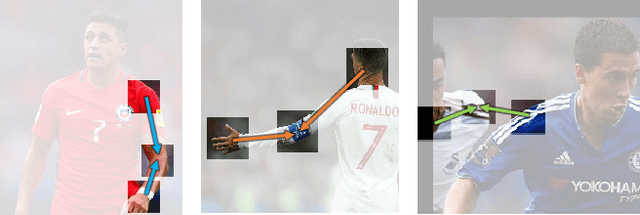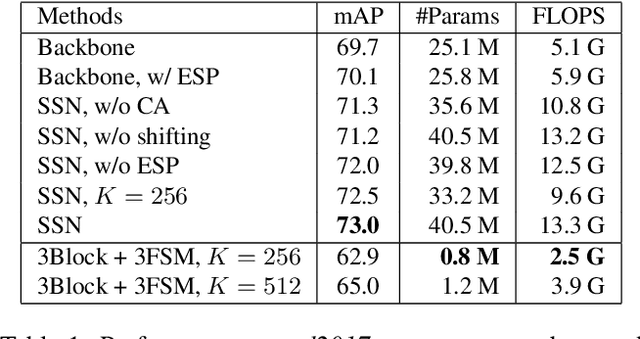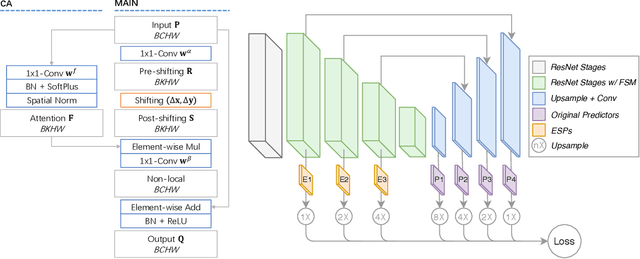Te Qi
Shanghai Jiao Tong University
FH-GAN: Face Hallucination and Recognition using Generative Adversarial Network
May 16, 2019



Abstract:There are many factors affecting visual face recognition, such as low resolution images, aging, illumination and pose variance, etc. One of the most important problem is low resolution face images which can result in bad performance on face recognition. Most of the general face recognition algorithms usually assume a sufficient resolution for the face images. However, in practice many applications often do not have sufficient image resolutions. The modern face hallucination models demonstrate reasonable performance to reconstruct high-resolution images from its corresponding low resolution images. However, they do not consider identity level information during hallucination which directly affects results of the recognition of low resolution faces. To address this issue, we propose a Face Hallucination Generative Adversarial Network (FH-GAN) which improves the quality of low resolution face images and accurately recognize those low quality images. Concretely, we make the following contributions: 1) we propose FH-GAN network, an end-to-end system, that improves both face hallucination and face recognition simultaneously. The novelty of this proposed network depends on incorporating identity information in a GAN-based face hallucination algorithm via combining a face recognition network for identity preserving. 2) We also propose a new face hallucination network, namely Dense Sparse Network (DSNet), which improves upon the state-of-art in face hallucination. 3) We demonstrate benefits of training the face recognition and GAN-based DSNet jointly by reporting good result on face hallucination and recognition.
Spatial Shortcut Network for Human Pose Estimation
Apr 05, 2019



Abstract:Like many computer vision problems, human pose estimation is a challenging problem in that recognizing a body part requires not only information from local area but also from areas with large spatial distance. In order to spatially pass information, large convolutional kernels and deep layers have been normally used, introducing high computation cost and large parameter space. Luckily for pose estimation, human body is geometrically structured in images, enabling modeling of spatial dependency. In this paper, we propose a spatial shortcut network for pose estimation task, where information is easier to flow spatially. We evaluate our model with detailed analyses and present its outstanding performance with smaller structure.
 Add to Chrome
Add to Chrome Add to Firefox
Add to Firefox Add to Edge
Add to Edge